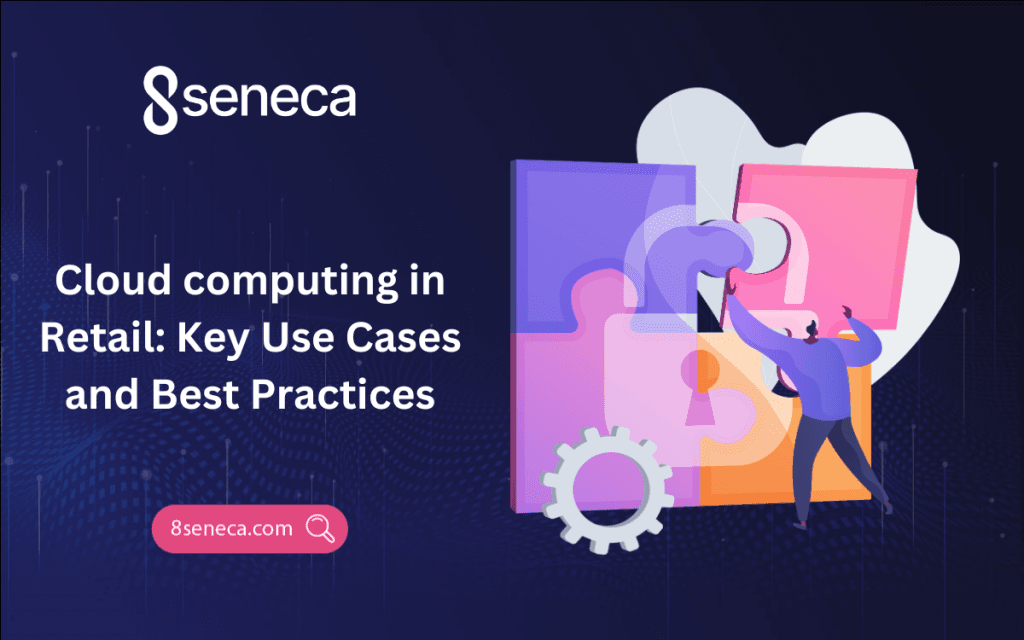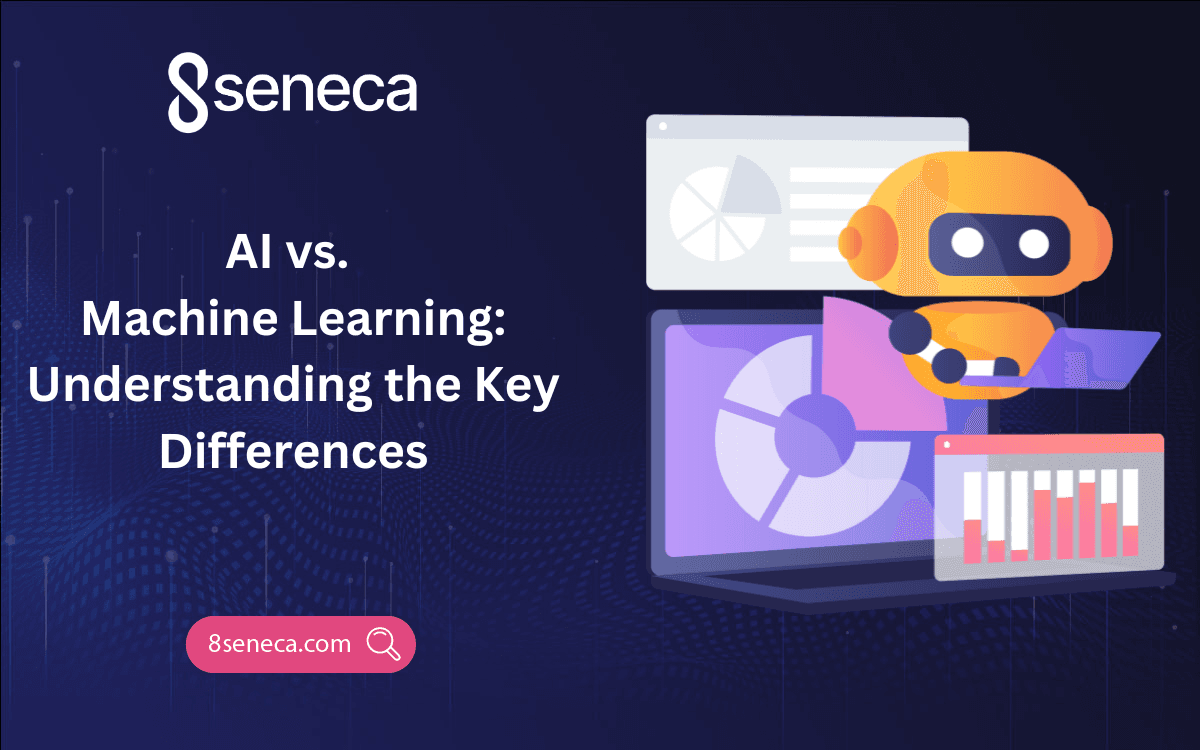Challenges and Opportunities of Using AI in Software Testing
Explore the complexities and potential benefits of AI integration in software testing. Uncover challenges and opportunities in this landscape.
Software testing is a critical phase in the software development lifecycle. It guarantees that the final product meets quality standards and user expectations. With the rapid advancements in artificial intelligence (AI), its integration into software testing processes has become increasingly prevalent. In this article, we’ll explore challanges and opportunities of using AI in software testing.
Software Testing’s Phases
The software testing cycle has 5 main phases. The first phase is requirement analysis. During this phase, developers outline the elements they intend to test, taking into account the project’s specifications. The second phase is test planning. During this phase, the developers consider the objectives, schedules and available resources for the test. Moreover, they also determine their testing approach during this phase.
The third phase is test case design. During this stage, the team formulates test cases including various scenarios to delineate the steps necessary for testing the code thoroughly. The following phase is test environment setup. During this phase, developers configure all requisite software, hardware and testing utilities essential for conducting the test. Lastly, the final phase is text execution. During this phase, the testers should perform according to the plan and strategies, document the results and take note of all the defects that in need of debugging.
Challenges of Using AI in Software Testing
Let’s start by examining the challenges associated with employing AI in software testing.
Test Automation Complexity
Implementing efficient automation in software testing has historically posed challenges. The integration of AI introduces an additional layer of complexity, necessitating the training and refinement of algorithms to identify patterns and provide accurate predictions. This endeavor can be time-intensive and requires expertise in machine learning methodologies. Nevertheless, the potential advantages of AI-driven test automation such as heightened speed, precision and coverage, outweigh the initial hurdles.
A well-defined and efficient test automation strategy is crucial for managing the escalating intricacies of automated testing. Such a strategy comprises a blueprint outlining the scope, methodology, tools, resources and performance metrics for test automation within a software project or organization. It should be customized to align with the company’s objectives and the quality standards of the project. Additionally, considerations should be made for the attributes of the software architecture and other pertinent technologies.
The development team should meticulously select the most suitable test automation tools and frameworks tailored to their requirements. Protocols need to be established to ensure the reliability, effectiveness and sustainability of test automation practices. Ultimately, it is vital to evaluate and monitor the outcomes and advantages of test automation continually to refine and optimize its efficacy.
Test Environment Variability
Ensuring the highest quality of testing involves creating scenarios that mimic real-world conditions and capturing the inherent variability of user interactions. AI poses unique challenges in this regard, as it relies heavily on abundant data for effective model training. Thus, careful attention must be paid to ensure that AI models are trained on diverse datasets to ensure reliable and resilient testing. However, assembling pertinent data covering numerous user behaviors and system configurations can prove to be a daunting task.
To tackle this obstacle, adopting a methodical and thorough approach to test data selection and analysis is imperative.
Developers can employ various strategies such as using test design techniques to identify and prioritize the most relevant data scenarios for testing, utilizing test data generation tools to create synthetic or realistic datasets based on predefined rules or models, and deploying test data analytics tools to assess and refine the effectiveness and efficiency of test datasets.
Bias and Ethical Concerns
AI systems acquire knowledge from past data and if this data carries biases, the resulting models may perpetuate those biases. In the realm of software testing, biased training data can result in insufficient testing coverage or unfair treatment towards specific user demographics. It is crucial to recognize these biases and take measures to alleviate them by ensuring that training datasets include diversity and representativeness.
Instances have shown software, particularly in facial recognition applications, incorrectly identifying individuals, leading to tangible repercussions. These range from minor inconveniences such as denial of access to public spaces to severe scenarios like mistaking someone for a crime suspect.
Developers should prioritize incorporating diverse datasets to mitigate bias and discrimination in emerging technologies and conducting extensive testing to address these concerns. This demands actively seeking diverse perspectives and ensuring that datasets accurately reflect the broader population.
Opportunities of Using AI in Software Testing
Smart Test Creation
AI has the capability to enhance software testing through automated generation of test cases and scenarios. By utilizing natural language processing and machine learning methods, AI systems can examine bug reports. They can recognize similar patterns across various reports. Additionally, they offer insights to prioritize and address issues efficiently.
This approach notably enhances the efficiency and efficacy of the testing process. Therefore, it mitigates the need for manual test case creation.
To implement intelligent testing, engineers need to utilize a robust synthetic data generation engine. This engine provides realistic data tailored to their unique testing and development requirements before initiating testing. AI can quickly produce extensive sets of synthetic test data. This mitigates the risk of data breaches by generating production-like data devoid of sensitive content. These test data sets can be seamlessly shared with external testers or uploaded for cloud-based application testing. This ensures safety and convenience comparable to on-premise usage.
AI enriches existing subsets of production data with elaborate sets of synthetic data, streamlining infrastructure requirements by encompassing all permutations within the optimal minimal test data set. Employing equivalence class testing enables derivation of the minimum number of test cases necessary to expose prominent defects.
Smart Defect Analysis
AI can aid in defect analysis by automatically detecting and categorizing bugs based on their severity and impact. By utilizing natural language processing and machine learning methods, AI systems can examine bug reports. They can recognize similar patterns across various reports. Additionally, they offer insights to prioritize and address issues efficiently. This simplifies the debugging process, facilitates quicker resolution and more effective resource allocation.
Online platforms like Codepal and Testim provide developers with the ability to input code in any language, and AI-driven engines will identify all detected bugs. Additionally, these platforms can generate comprehensive reports on the overall code performance, offering optimization and safety measures options. Such tools assist in debugging while informing programmers of code segments that could potentially pose issues or disrupt the entire codebase.
Conclusion
The integration of AI into software testing presents both challenges and opportunities for businesses. While overcoming obstacles such as test environment issues and algorithm biases is crucial, the potential benefits of AI-driven testing in terms of automation, accuracy, and efficiency are significant. By embracing AI technologies and adopting best practices for implementation, organizations can enhance their software testing processes and deliver higher-quality products to market more quickly.
At 8seneca, our commitment is centered on providing customized B2B services, with a primary emphasis on IT outsourcing solutions. Should you require IT outsourcing services, please don’t hesitate to reach out to us. Moreover, we are actively recruiting experienced Senior .NET/Angular Developers to join our team. For detailed job descriptions and information on other career prospects within our organization, please visit our recruitment center.
Related Articles

Jan 14, 2025
Read more
Will Decentralized Social Media Take Over in 2025?
Explore if decentralized social media could reshape online interactions in 2025 with greater privacy and control.

Jan 08, 2025
Read more
What You Need to Know About Zero-Trust Architecture
Learn the essentials of Zero-Trust Architecture: how it enhances cybersecurity by verifying every user and device.

Oct 07, 2024
Read more
Cloud Computing in Retail: Key Use Cases and Best Practices
Cloud computing helps retailers optimize operations, streamline inventory, and improve decision-making with real-time data.

Sep 27, 2024
Read more
How Hybrid Smart Contracts Revolutionize Blockchain Technology
Discover what hybrid smart contracts are and how they are revolutionizing blockchain technology, including key benefits and challenges.

Sep 25, 2024
Read more
AI vs. Machine Learning: Understanding the Key Differences
Learn the differences between AI and ML, their impact on business, and how to leverage them effectively in business.

Aug 14, 2024
Read more
Blockchain and the Future of Technology
Explore how blockchain technology is revolutionizing industries like finance, healthcare, and supply chain management.
